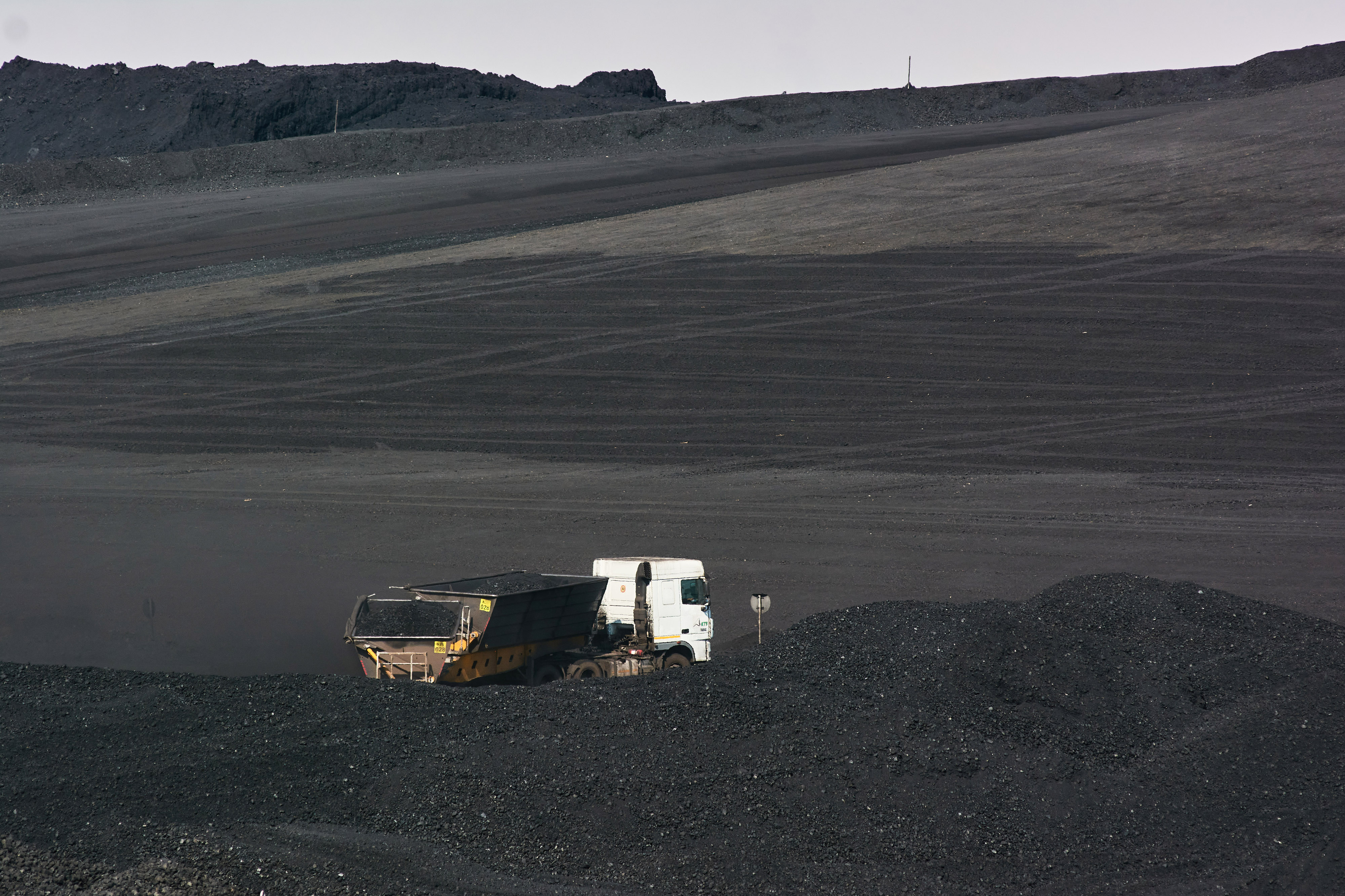The DMRE, as we reported earlier, had received more than 2,500 mining applications in the 2023/24 financial year as at early December — without finalising a single one.
The DMRE has yet to respond to Daily Maverick’s queries on the matter but the department has been speaking to other media.
Deputy Director General Tseliso Maqubela spoke to 702’s John Perlman on his show on Monday. The explanations given were muddled, but in some ways, also revealing.
“At that time, none of those applications were finalised,” Maqubela acknowledged — a good thing, because you wouldn’t want to contradict what your minister said in response to a question in Parliament, which was where this cat was let out of the bag in December, when no one was paying attention.
“Now, when you apply for a mining licence, if we accept you, we then ask you that within 60 days of that acceptance, you must apply for an environmental authorisation. So, if someone applies for an environmental authorisation on day 59, then we have to accept that authorisation, and we then give the person a number of days in which they then have to submit to us a basic assessment report or an environmental management programme,” Maqubela said on 702.
“And in that process, the applicant has to consult interested and affected parties. And the delay is effectively on that consultation,” he said.
So, the consultation process creates delays?
Well, actually, there are other reasons for delays.
Maqubela went on to say that “... a lot of the delays come in because EIAs (environmental impact assessments) are costly... And then they say on day 60, can I get an extension?”
So, many of the applications appear to be unprepared.
“There is an impression that is left that nothing has been done,” Maqubela also said, which, on the surface, is certainly the case.
“So for those applications which had submitted their environmental authorisations, which would have been from the year before, we actually finalised for the same period — nine months — 2,041 applications. So the ones we have accepted, they are still busy with those environmental authorisations.”
This means that in this financial year, the DMRE managed to finalise over 2,000 applications that were submitted in the previous year.
“Now we have also said to the team, ‘let’s not wait for the cadastral system’. Let’s process... We also have to make people accountable. And set targets. So we set a target for this year that we have to do 2,420 applications for the current financial year. And I can tell you that we are on target to achieve that,” Maqubela said.
So, there is a target that has been set and the department is not waiting for a proper cadastral system to replace its Samrad system for processing mining rights. This is a good thing because that process seems to have gone right off the rails like a Transnet train.
After endless delays to replace Samrad, the DMRE announced in August last year that it had selected the preferred bidder, with an announcement expected in October. The process is being audited for final approval by the state IT agency, Sita — and still the public waits. (For an explainer of what a cadastre is, see here.)
Pointedly, the DDG also told 702 that the backlogs mostly stemmed from an avalanche of applications in Mpumalanga, “where everyone is applying for permits for coal.”
His use of the term “permit” was revealing.
/file/dailymaverick/wp-content/uploads/2024/01/GettyImages-1243162358.jpg)
Daily Maverick reported last year that there was a suspicious flood of such applications in Mpumalanga against the backdrop of a coal supply chain that is widely regarded as rife with corruption and criminality.
A mining permit, which only covers up to five hectares, is far less onerous to obtain than a full-scale commercial mining right. It doesn’t, for example, require a social and labour plan or an extensive environmental impact assessment — which undermines the explanation that EIAs are causing the delays.
It also raises the question of why so many dodgy applications are being made — if you wait until the last day to get an extension because of costs, you are clearly not serious about your intentions.
It also begs the question of why the DMRE is entertaining such applications in the first place. This is especially the case at its Mpumalanga offices, which the industry widely regards as dysfunctional, with more than a whiff of corruption hanging in the coal-fouled air.
Maqubela also said: “We receive in excess of 3,000 applications every year, and 80% of them have no prospect of being successful.”
This suggests that chancers are taking a chance because they reckon they can get their application approved. Why would that be the case?
It’s also worth asking why so many coal permit applications are being made at a time when the sector is increasingly being starved of capital as a growing number of banks stop providing finance for new coal projects because of the fossil fuel’s negative links to climate change.
But that applies to legitimate companies, not fly-by-nighters trying to snatch a piece of the coal pie in Mpumalanga before it is all devoured.
Meanwhile, the bottlenecks are adding to the perception among real mining companies that South Africa is becoming radioactive to investment and simply not worth the bother, especially on the exploration front.
That means no new mines and, in the long run, a mining industry that will be the skeletal remains of what obtains today, with only hyenas left to chew on the bones.
Gwede Mantashe is indeed the minister of “no new mining”. DM




 A truck transports coal from a pile. (Photo: Waldo Swiegers/Bloomberg via Getty Images)
A truck transports coal from a pile. (Photo: Waldo Swiegers/Bloomberg via Getty Images)